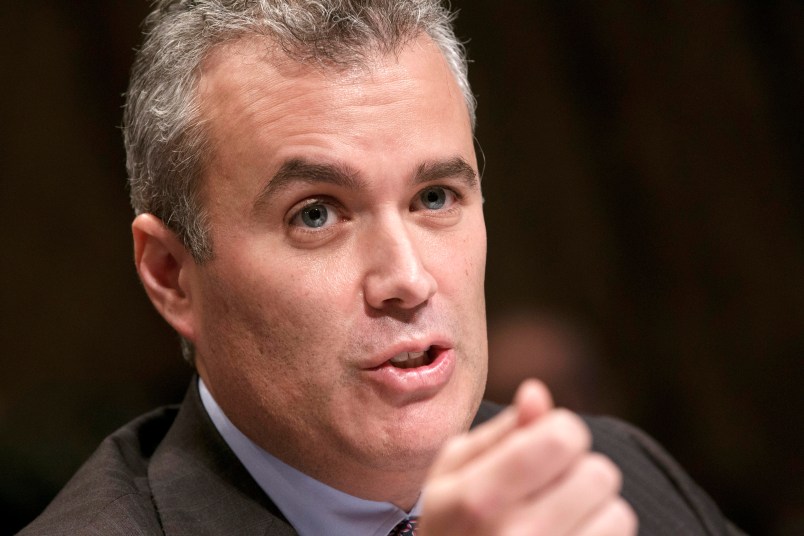The Obama administration has said that HealthCare.gov will be “working smoothly for the vast majority of users” by the end of November. They’ve brought in Jeff Zients, a former corporate executive, to save the ailing website from its disastrous launch. So how are they doing?
They’re making serious progress, Zients said on a Friday conference call with reporters.
The administration is judging its improvement by two metrics, Zients said: the website’s response times and its error rates. In other words, how long it takes a page to load for users and how often users encounter a crash or error page.
In both areas, Zients reported, HealthCare.gov is improving exponentially.
When the site launched, pages were taking an average of eight seconds to load. Now, Zients said, the average is less than one second.
The average error rate in the weeks after the site’s launch was 6 percent, Zients said; as of this week, it’s now below 1 percent.
To top it off, the site didn’t experience any scheduled or unscheduled outages this week — a notable achievement after the opening six weeks.
“We’ve made measurable progress,” Zients said. “The system is more stable, and users are having a better user experience on the site.”
Tally it all up, and the administration has crossed 200 bug fixes off its oft-mentioned “punch list” — about 50 “priority fixes” to go, Zients said, though he cautioned that more issues could arise as traffic increases.
The problem of volume continues to be a top concern for the administration, Zients said. Right now, HealthCare.gov can comfortably handle between 20,000 and 25,000 users at a time. But at “peak volumes, some users still experience slower response times,” he said.
Officials are also expecting traffic to spike at the end of the month and onward. So this weekend, the administration is adding more servers and data storage to help handle any additional load.
The goal is “to maintain good speed and response times at higher volumes,” Zients said. “This is a key focus of our work now.”









